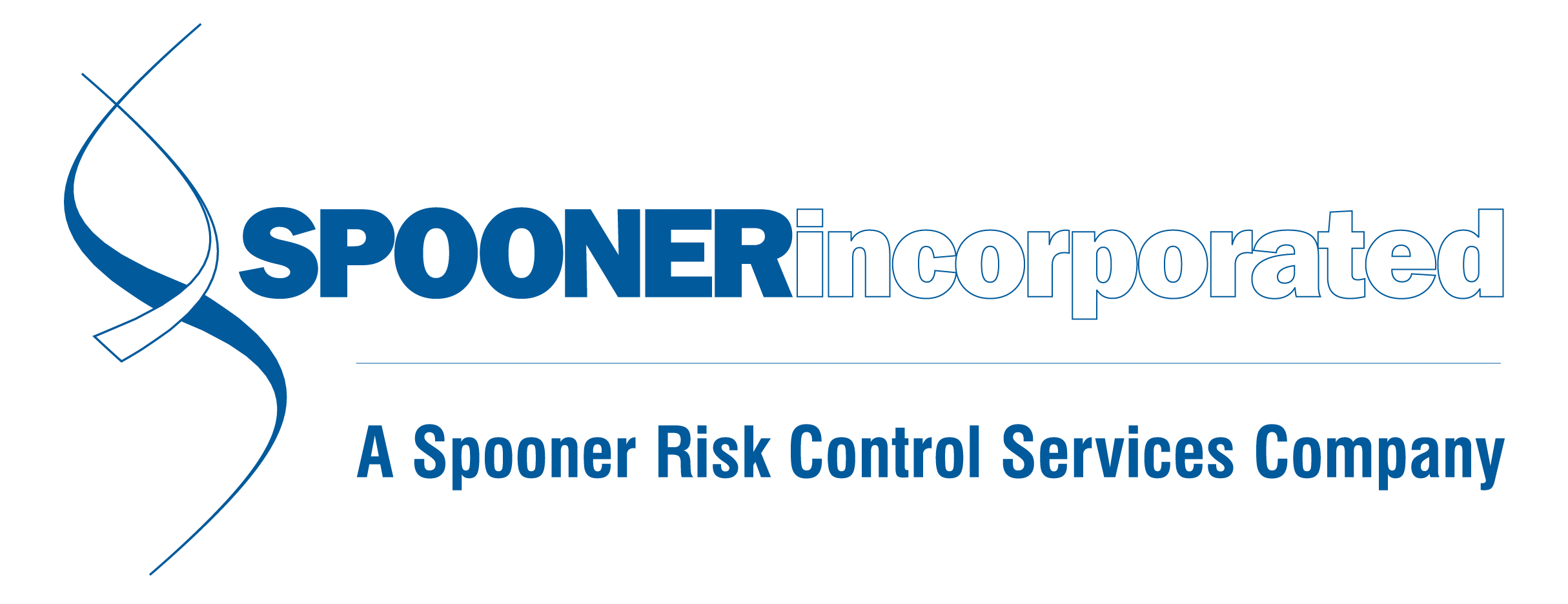News and Updates
Category: Osha Abatement
OSHA Site Specific Targeting (SST)
The Site-Specific Targeting (SST) plan is OSHA’s main site-specific programmed inspection initiative for non-construction workplaces that have 20 or more employees. OSHA will generate inspection lists based on elevated Days Away, Restricted, or Transferred (DART) rates for 2019, and sites with upward trending rates for the three-year range of 2017-2019. They will also identify a random sample of establishments that did not provide them the required 2017, 2018, and 2019 Form 300A data. To verify data accuracy and quality control, OSHA also intends to include a random sample of low-rate establishments from the 2019 data. 1. High-Rate Establishments The SST plan selects individual establishments for inspection based on 2019 Form 300A data. Since average DART rates vary widely among industries, OSHA will set one DART rate for manufacturing and a different DART rate for non-manufacturing as objective selection criteria. 2. Upward Trending Establishments OSHA will identify establishments with rates above their industry’s national average in 2017 that have continued to trend upward in both 2018 and 2019 and continue to remain above their industry’s national average. 3. Low-Rate Establishments To verify the reliability of the Form 300A data reported to OSHA, the agency will generate a random sample of establishments with low DART rates using the 2019

